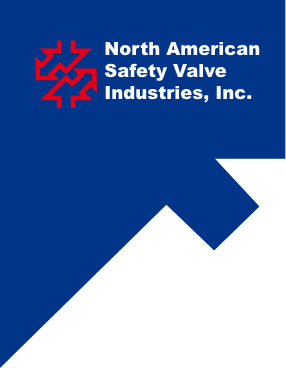How to Ensure Optimal Performance of Your Pressure Safety Valve
In the realm of industrial safety, the Pressure Safety Valve (PSV) plays a pivotal role in protecting equipment and personnel from the dangers associated with excessive pressure. Ensuring its optimal performance is not merely a matter of routine maintenance; it involves a comprehensive understanding of the valve's design, operational principles, and the specific conditions under which it operates. This guide delves into the essential practices and procedures that can enhance the effectiveness and reliability of your Pressure Safety Valve.
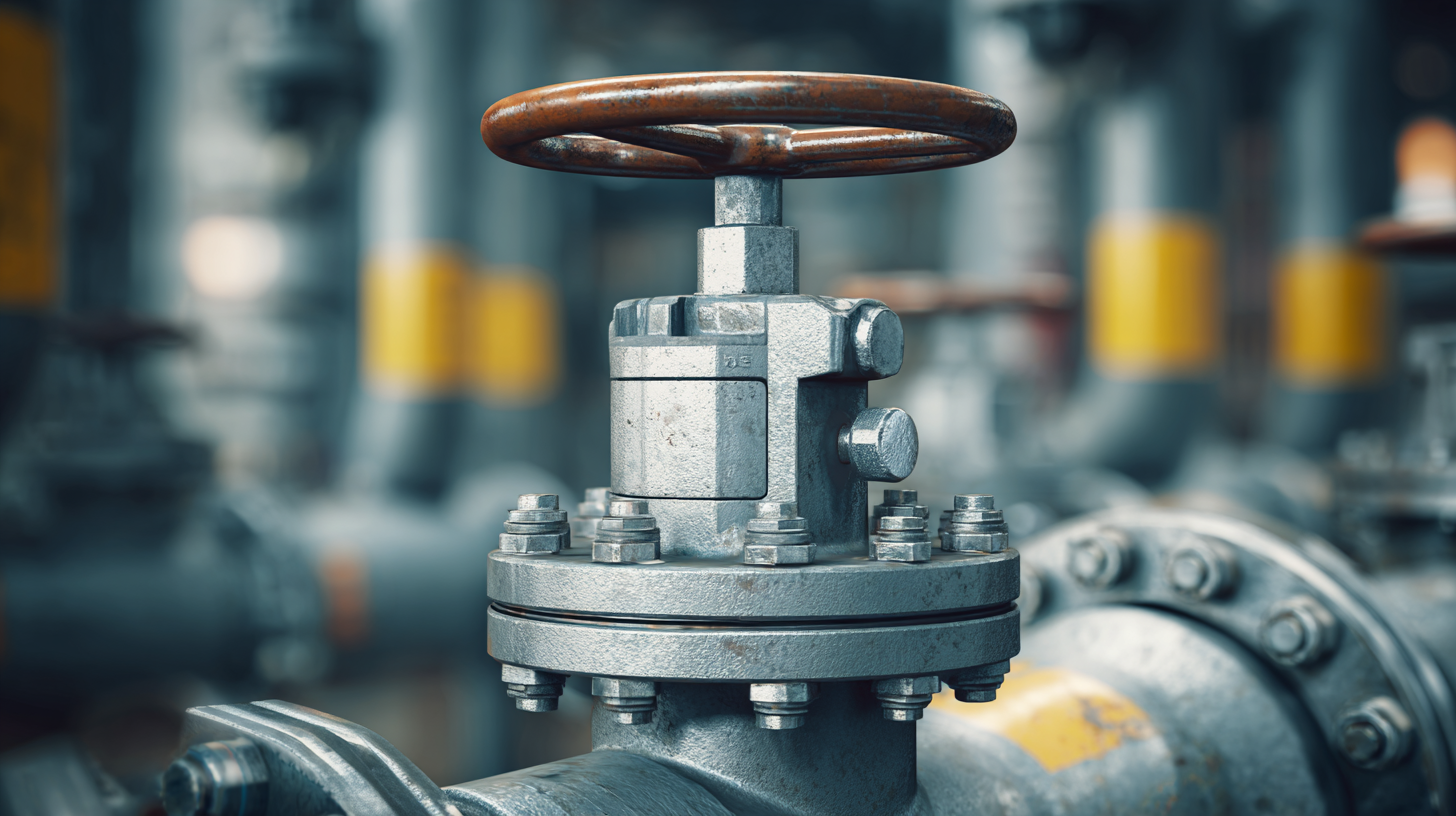
From regular inspections and proper installation techniques to understanding the impact of environmental factors on valve performance, we will explore how to maintain and optimize your PSV for the highest safety standards. By implementing these strategies, industries can not only comply with regulatory requirements but also safeguard their operations against unforeseen failures and enhance overall system integrity.
Understanding the Functionality of Pressure Safety Valves
Pressure safety valves (PSVs) play a crucial role in ensuring the safety and efficiency of industrial systems by preventing overpressure conditions. These valves are designed to release excess pressure from equipment or processes, thereby safeguarding against potential catastrophic failures. According to a report by the American Society of Mechanical Engineers (ASME), improperly functioning PSVs can lead to accidents that result in millions of dollars in damages and significant safety hazards for personnel. Regular maintenance and testing of these valves are essential to confirm their reliability and functionality.
Understanding the functionality of pressure safety valves is vital for optimizing their performance. PSVs operate based on the principle of balancing the system pressure against a spring force, which determines the set pressure at which the valve opens. Industry standards suggest that PSVs should be tested at least once a year to ensure they respond accurately to pressure changes. Furthermore, data from the National Board of Boiler and Pressure Vessel Inspectors indicates that nearly 60% of PSV failures are attributed to issues related to corrosion, fouling, and lack of maintenance, highlighting the importance of a proactive maintenance strategy to enhance the longevity and reliability of these critical safety devices.
Identifying Common Factors Affecting Pressure Safety Valve Performance
Pressure safety valves (PSVs) play a critical role in maintaining safety and performance in various industries, particularly where pressure management is crucial. Several common factors can significantly affect the performance of these valves. First, improper installation and inadequate maintenance can lead to failure during operation. Regular inspections and adherence to manufacturer guidelines are essential for ensuring that PSVs function correctly and respond accurately to pressure fluctuations.
Additionally, environmental factors, such as temperature extremes and corrosive substances, can compromise valve integrity over time. The occurrence of such issues has been analogous to challenges faced in other fields, like biogas plant operations, where accidents often stemmed from overlooked safety measures and environmental conditions. Just as the analysis of biogas plant incidents has highlighted the importance of rigorous safety protocols, a thorough understanding of the variables impacting PSV performance can help prevent catastrophic failures and enhance overall system reliability. Implementing an integrated risk assessment strategy can also aid in identifying potential vulnerabilities, thus ensuring optimal valve performance and safety.
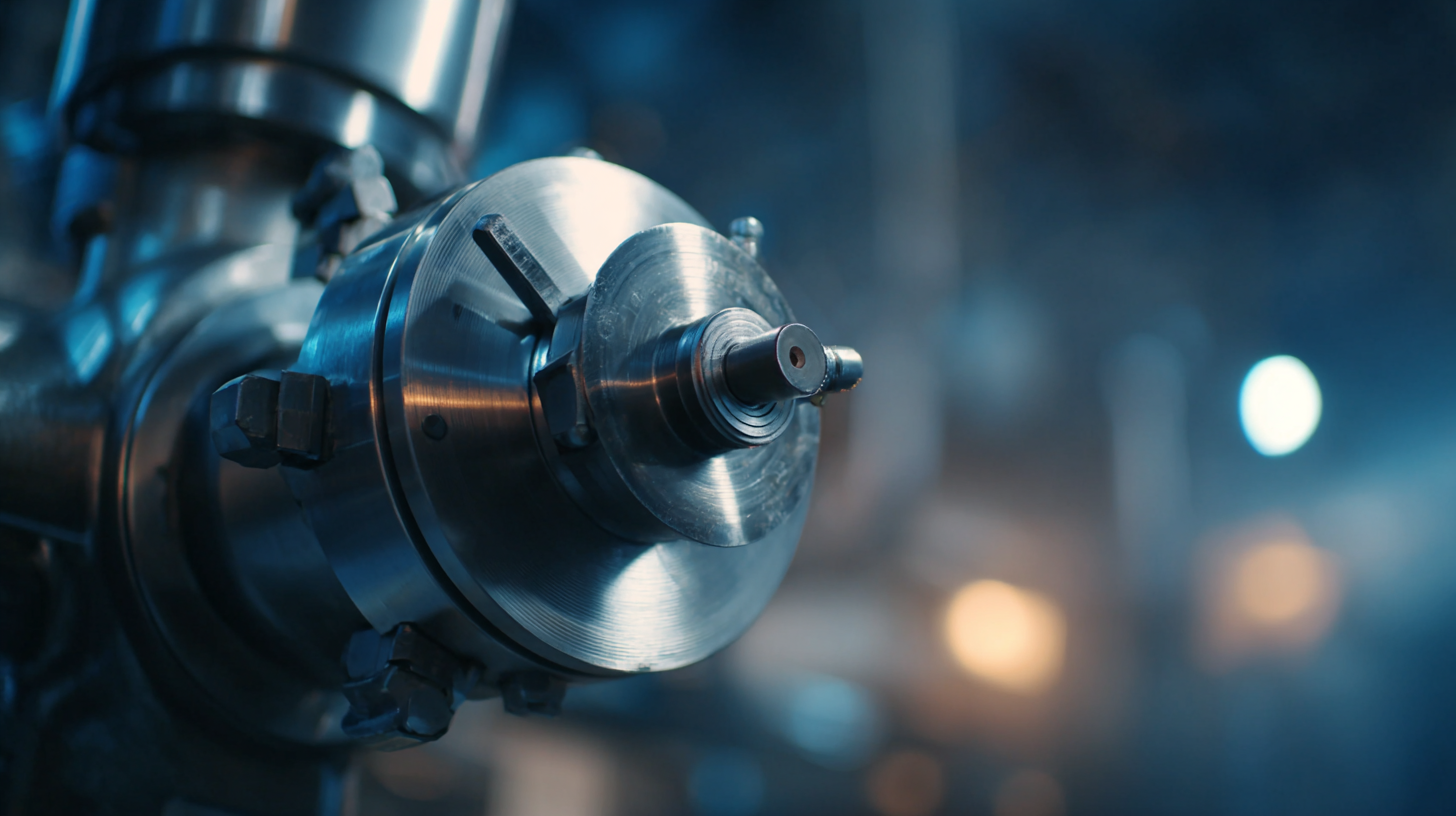
Regular Maintenance Practices for Pressure Safety Valves
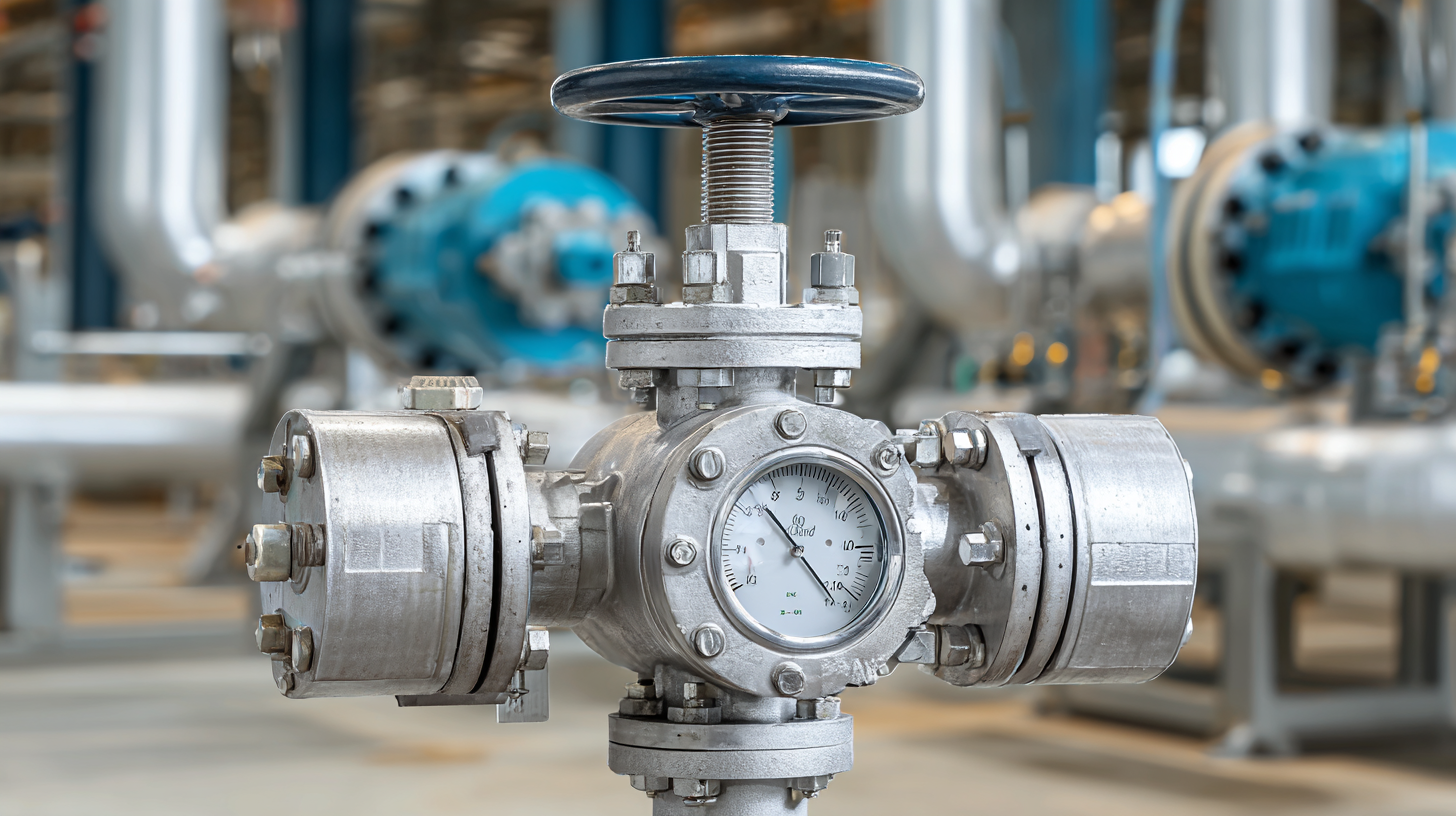 Regular maintenance practices are crucial for ensuring the optimal performance of pressure safety valves. First and foremost, routine inspections should be conducted to check for any signs of corrosion, wear, or sediment build-up. These inspections should focus on critical components such as the seals, spring, and valve body. Identifying potential issues early on can prevent costly failures and enhance the safety of the system.
Regular maintenance practices are crucial for ensuring the optimal performance of pressure safety valves. First and foremost, routine inspections should be conducted to check for any signs of corrosion, wear, or sediment build-up. These inspections should focus on critical components such as the seals, spring, and valve body. Identifying potential issues early on can prevent costly failures and enhance the safety of the system.
In addition to inspections, regular testing of the valve's functionality is essential. This involves simulating the conditions the valve would encounter during operation to ensure it opens and closes properly at the designated pressure settings. It is also recommended to follow the manufacturer's guidelines for maintenance intervals, which can vary depending on the service conditions and the type of valve.
Proper documentation of each maintenance activity not only ensures compliance with regulatory requirements but also aids in tracking the performance over time. By committing to these practices, operators can help ensure that their pressure safety valves operate reliably and efficiently, safeguarding equipment and personnel.
Implementing Testing Protocols for Pressure Safety Valves
Testing protocols for pressure safety valves (PSVs) are crucial for maintaining their functionality and ensuring safety in industrial systems. Regular testing not only verifies that the valve can perform under pressure but also checks for leaks, corrosion, and mechanical wear. Implementing a structured testing schedule can help identify potential failures before they lead to catastrophic incidents.
Tips:
First, establish a baseline performance standard for your PSVs based on manufacturer specifications and industry best practices. Second, consider conducting both functional tests and visual inspections at regular intervals to capture all aspects of valve integrity. Lastly, involve trained personnel in the testing process to ensure accurate readings and adherence to safety protocols.
To enhance the effectiveness of your testing protocols, document all results meticulously. This documentation creates a historical record, making it easier to track performance trends over time. Furthermore, consider using advanced diagnostic tools to assess valve performance, which can provide deeper insights into any underlying issues that may not be evident through standard testing procedures. Engaging in these proactive measures can significantly contribute to the optimal performance of your pressure safety valves.
Choosing the Right Valve for Your Specific System Requirements
When selecting a pressure safety valve (PSV) for your system, it is crucial to consider the specific requirements of your application. Different systems have varying pressure and flow characteristics, and the right valve must be capable of handling these variables effectively. A thorough understanding of your system’s operational pressures, temperature ranges, and the substances being controlled is essential in making the correct choice. This ensures not only optimal functionality but also compliance with safety regulations.
In addition to operational requirements, consider the valve's construction materials and design features. For instance, valves must withstand the corrosive properties of certain gases or liquids, which may necessitate specialized materials. Furthermore, advanced technologies such as proportional control valves may offer improved adaptability in dynamic environments, providing enhanced performance over traditional options. Making an informed choice tailored to your specific system can significantly enhance both efficiency and safety in operations.
Pressure Safety Valve Performance Comparison
Related Posts
-
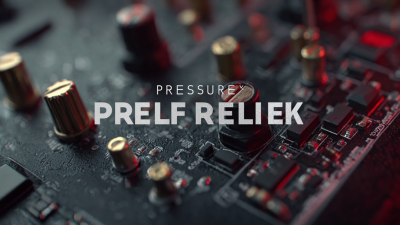
Unlocking Comfort: The Benefits of the Best Pressure Relief Solutions for Global Procurement
-

Discover Premium Pressure Vacuum Relief Valves from China’s Leading Manufacturer
-
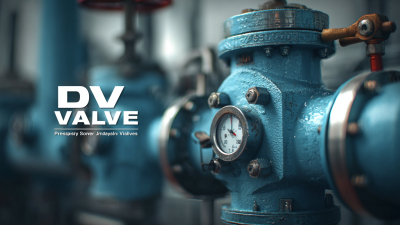
Exploring Innovative Alternatives to Best Pressure Safety Valves in Industrial Applications
-

Understanding the Functionality of Water Pressure Valves
-

7 Tips for Choosing the Right Water Pressure Regulator Valve for Your Home
-
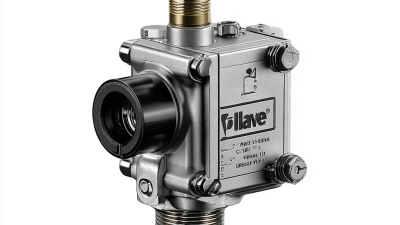
The Definitive Ultimate Guide to Selecting the Best Pilot Valve for Your Needs
